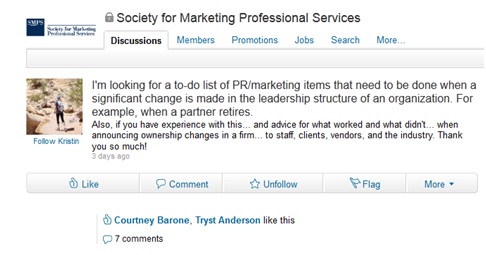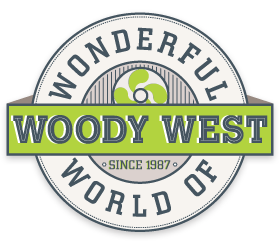Thought leaders are a fascinating bunch. The architecture, engineering and construction (AEC) industries have more than their fair share of thought leaders. These people are trustworthy and competent, curious, insightful and influential about a particular subject. They see possibilities and associations that aren’t obvious to others. They are the change agents pushing their firms to explore, improve and differentiate – and they are often prodding their profession to innovate as well.

Whether these people excel at communication, research, or experimentation, they have the potential (with the proper investment) to help a firm pioneer a new direction and/or reputation. In many cases thought leaders are already in leadership positions. Perhaps they’ve initiated or inspired a program to formalize the firm’s approach to discovering, learning, sharing and growing. Perhaps they’ve started their own firm or company or organization as their way to advance a specialized practice and satisfy their need to drive broader change.
There are also emerging thought leaders. You might recognize them by their inquisitive nature or their ability to persuade and change the perspective of their peers. They are continuously studying, testing their thinking, and advocating for better solutions. With a little luck, these emerging leaders will settle into firms that recognize and are open to exploring the possibilities that these individuals could help reveal.
At Walter Communications, we are curious, too. Thought leadership is a topic we talk about frequently, so we’ve partnered with our friends at the Cameron MacAllister Group to learn more about the prevalence of thought leadership efforts within the Built Environment industry. We recognize that investing in these people is a sort of gamble. There are no guarantees that their interests and efforts will bear fruit. We want to know more about the firms that make space for these individuals and help nurture their ideas to thrive within the organization. What have been the successes, the failures? We are also curious about why other firms have chosen not to pursue thought leadership or, perhaps, have opted to stop.
To take a closer look, we are interviewing firms with noteworthy thought leadership programs. You can find summaries of these discussions, like our profile of the research program at Eskew+Dumez+Ripple, here on our blog. In addition, we are surveying firms across the AEC sector to find out about their experiences with thought leadership programs – whether theirs looks like a research project, a full-fledge testing laboratory, a communications program, or even if they don’t have one at all. If you are willing to participate, we’ll share our findings with you, too.
Please take our AEC Thought Leadership survey.






